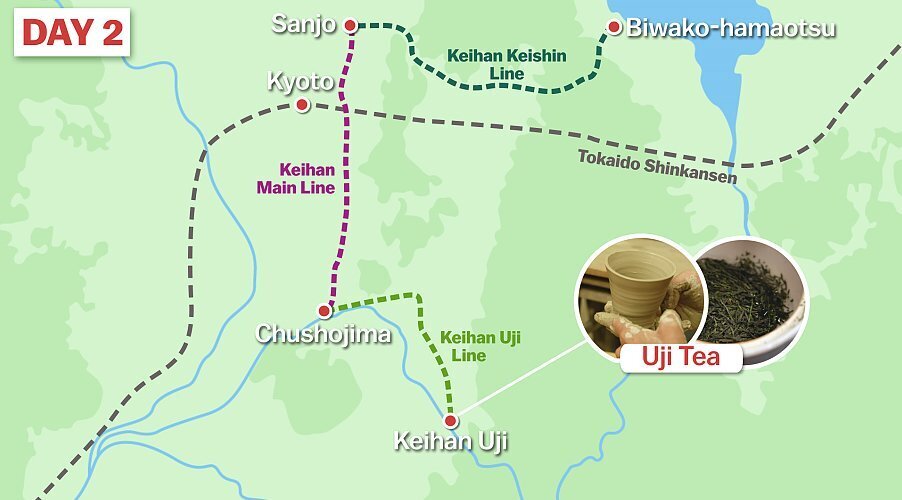An introduction to Sushi, Wagyu and Tea in Kyoto and around
When it comes to Japanese cuisine, green tea, sushi and Japanese beef are some of the most well-known dishes. Within Japan, there are a number of famous regional brands of these three dishes. On this overnight trip, I visited Uji in Kyoto Prefecture and Otsu in Shiga Prefecture in western Japan to learn more about green tea, sushi and Japanese beef in these two places.
My trip started in Kyoto from where I visited Mount Hiei, a sacred mountain northeast of the city, on my way to Otsu. Then in Otsu, I visited a local sushi shop and sake shop before heading to my hotel where I had the local Japanese beef steak for dinner and stayed overnight. The second day was spent in Uji, a city 30 minutes away from central Kyoto, which is famous for its tea.

Day 1
Located on the border of Kyoto and Shiga prefectures, Mount Hiei is a sacred mountain on which Enryakuji Temple is situated. The temple was founded by Saicho who introduced Tendai Buddhism to Japan in 806. Enryakuji Temple was where many influential monks who later went on to establish their own Buddhist sects studied. At its peak, Mount Hiei had thousands of sub temples spread out on the mountain, but most were destroyed during the period of warring states in the late 16th century. The temple was rebuilt in the 17th century, and today, Enryakuji Temple is spread out over three areas on the mountain: To-do in the east, Sai-to in the west and Yokawa in the north. Hiking trails on the mountain connect the three areas, and the one connecting To-do and Sai-to is a leisurely 30 to 40 minute walk through a nice wooded path.
I took a bus, then train, cable car and ropeway from Kyoto Station all the way to the top of the mountain, and from there, a bus to Sai-to. Surrounded by a forest, the main building at Sai-to is the Shakado Hall, which is the oldest of all the buildings on Mount Hiei, and whose principal object of worship is the Shaka Nyorai Buddha. I took in the sedate atmosphere at Sai-to, visiting the Shakado Hall before continuing east towards To-do on foot.
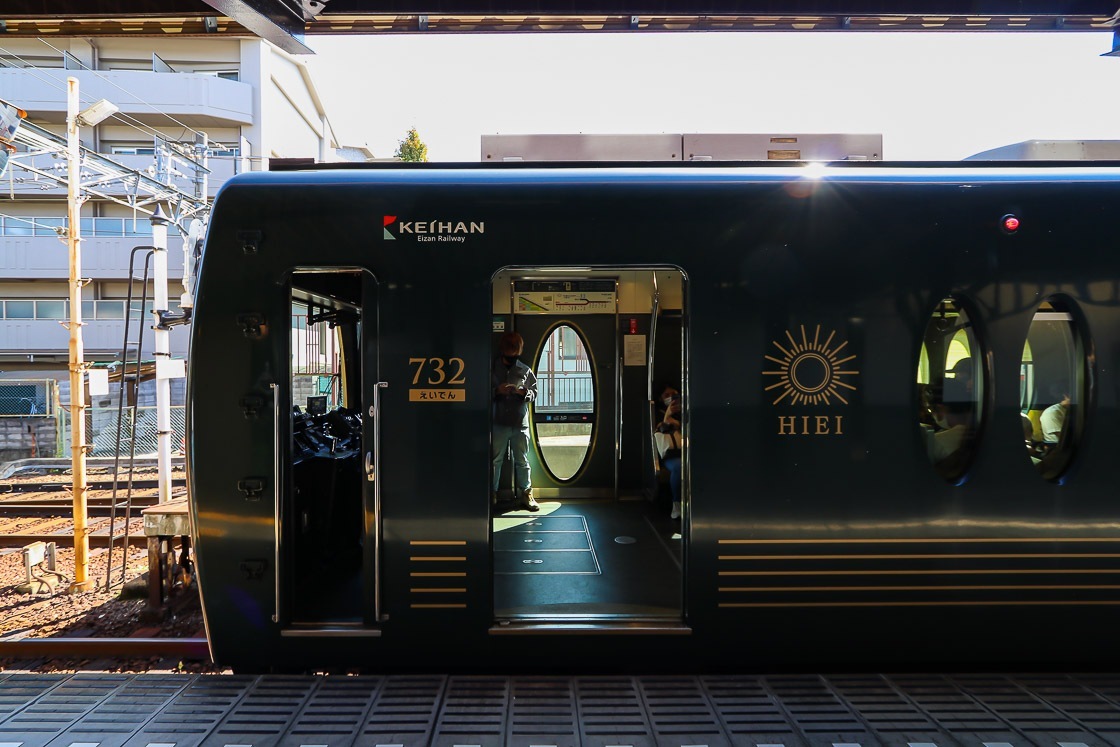

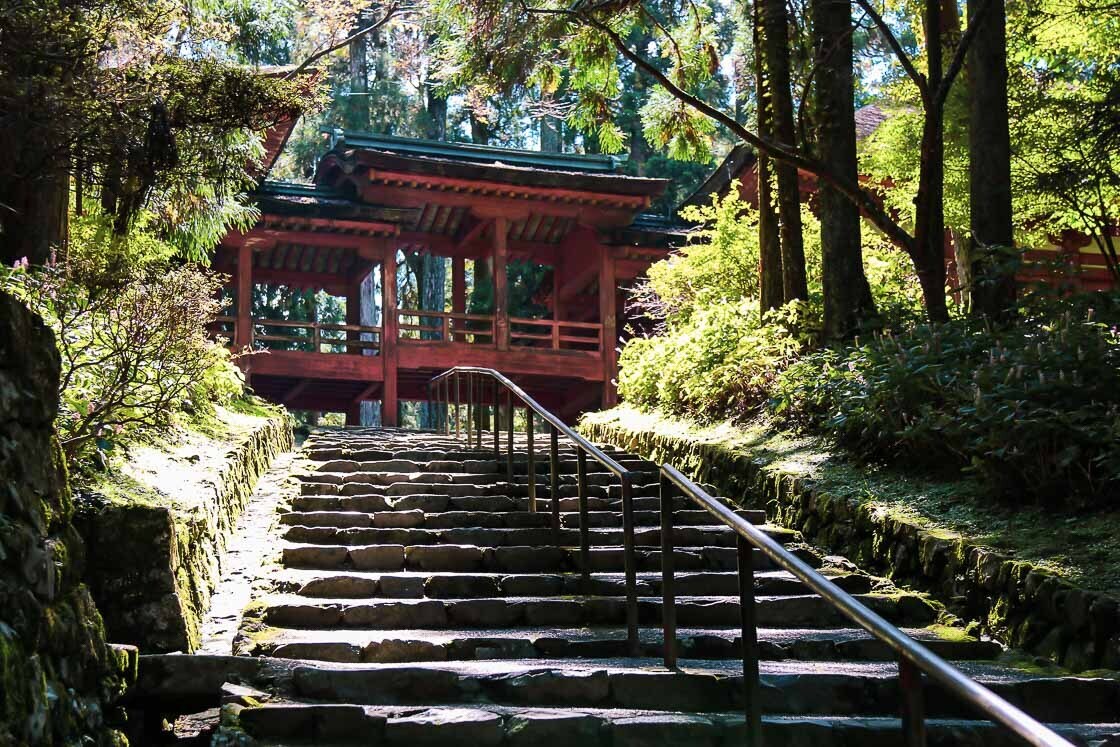
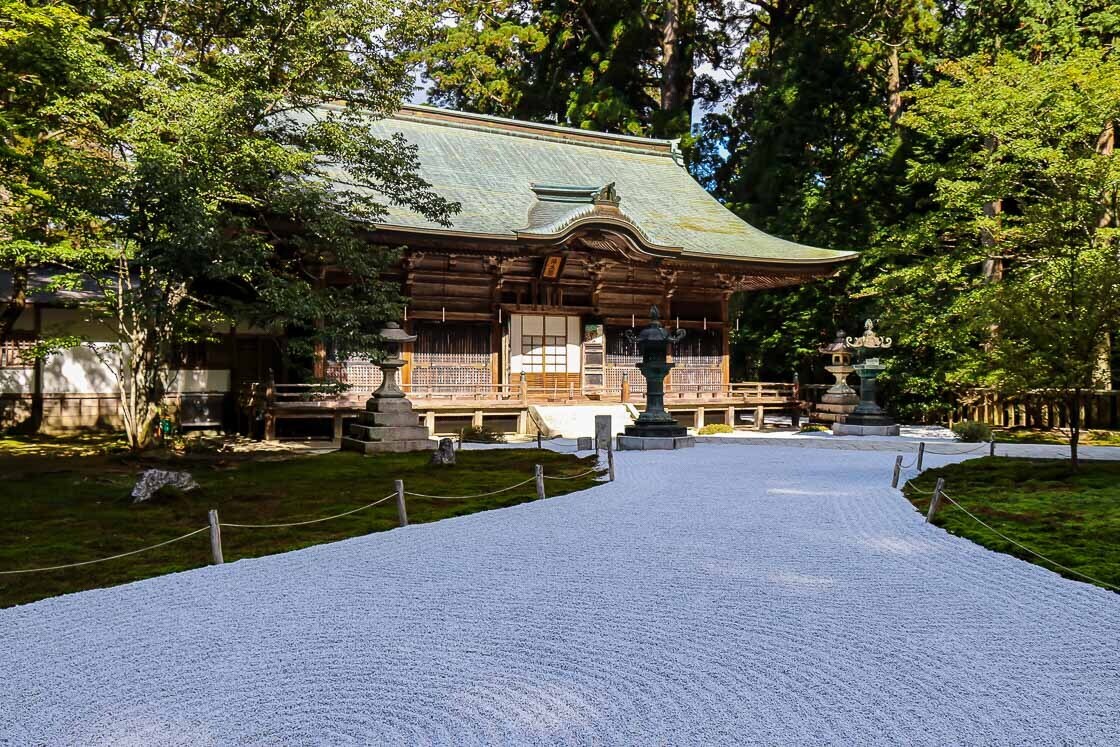
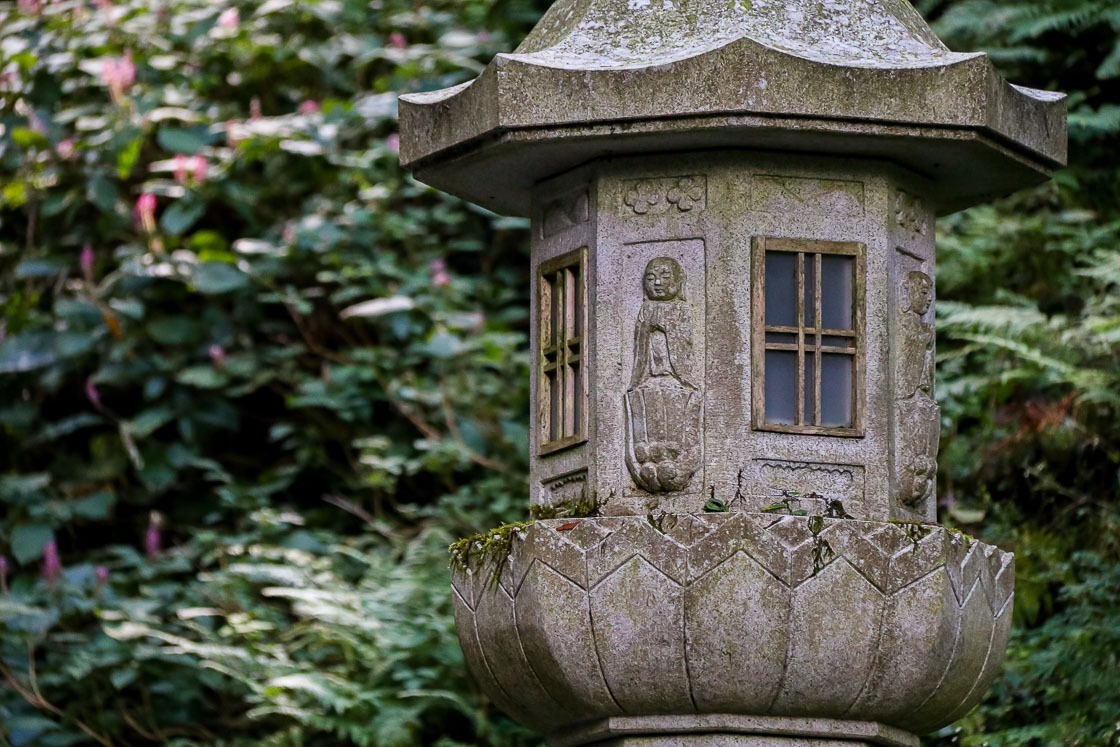
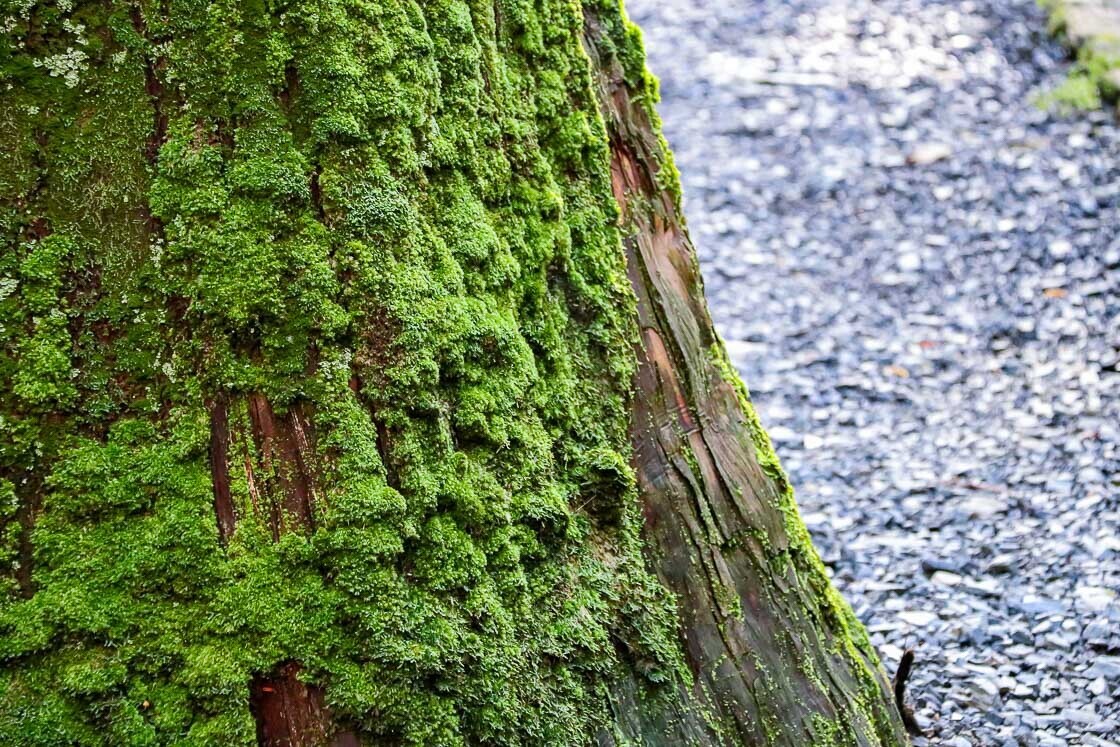
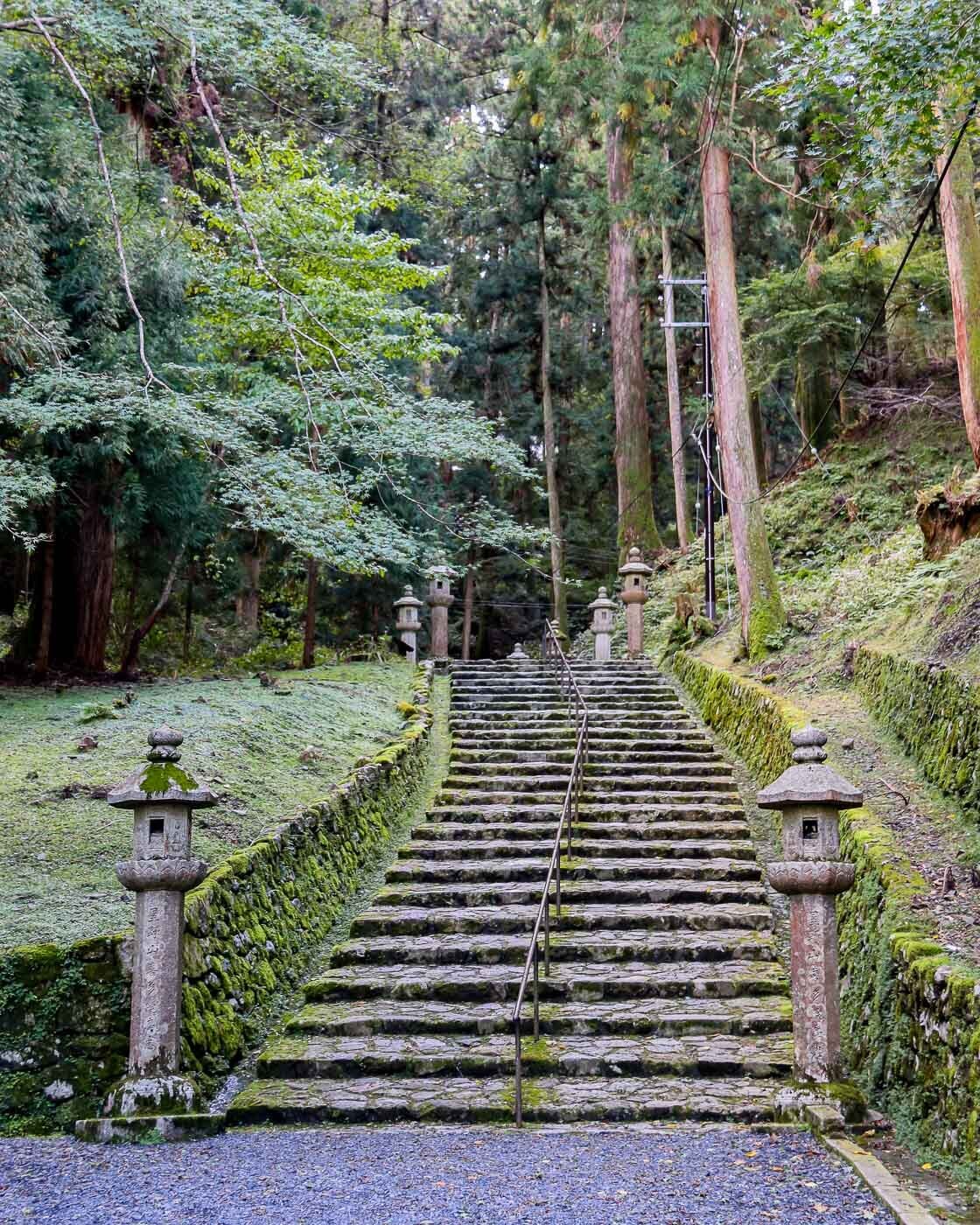
To-do is the center of Enryakuji Temple, and is by far the largest area with the most temple buildings of the three areas. The main and largest building here is the Konpon Chu-do whose principal object of worship is the Yakushi Nyorai Buddha. In front of the Buddha statue is a flame that has been kept burning since the temple was established over 1200 years ago. The entire Konpon Chu-do building is currently covered up and undergoing renovation for the next seven years, but visitors can still enter the building to pay their respects to the Buddha.
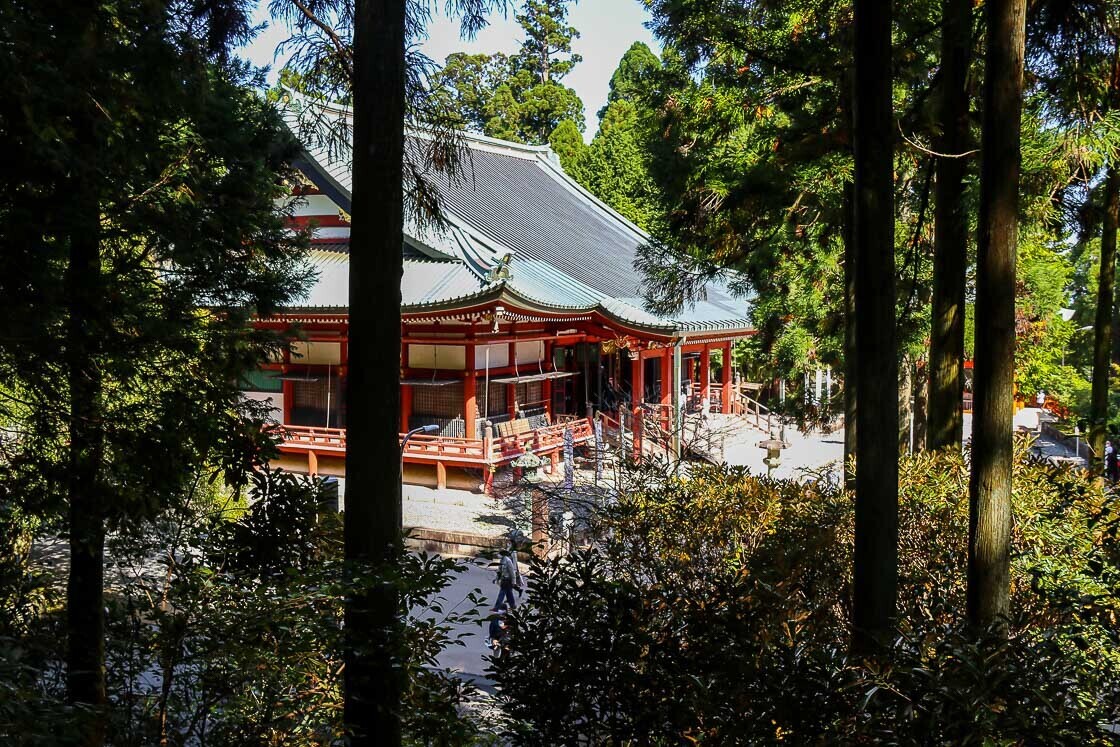
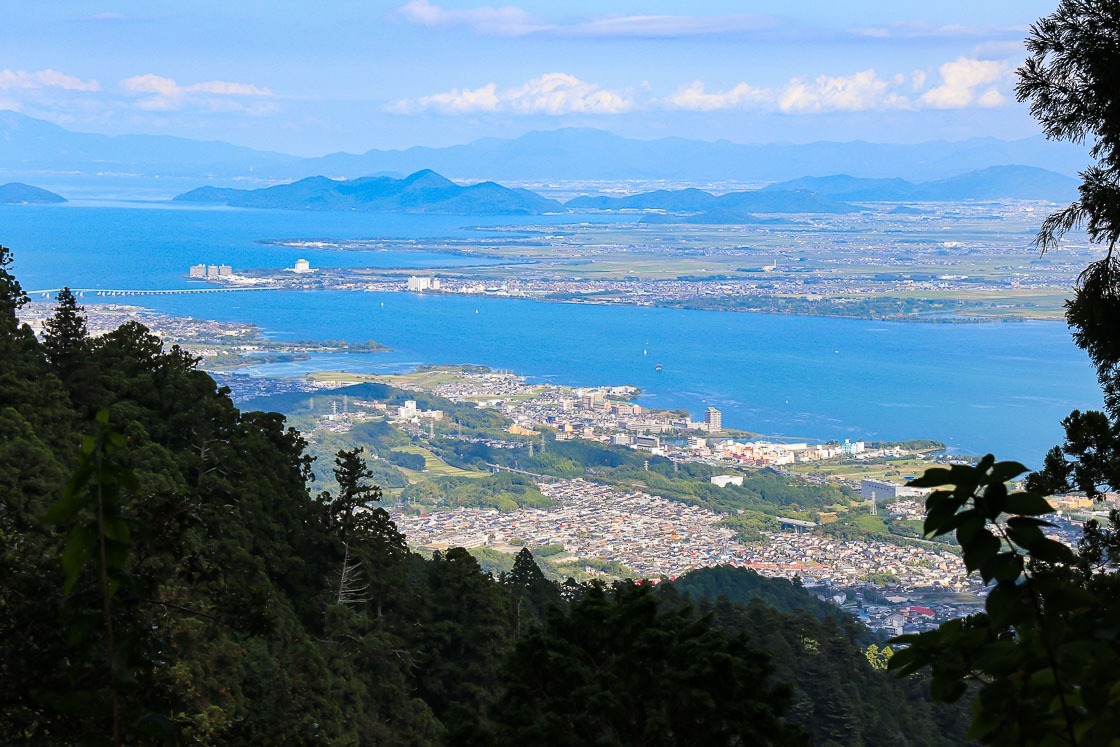
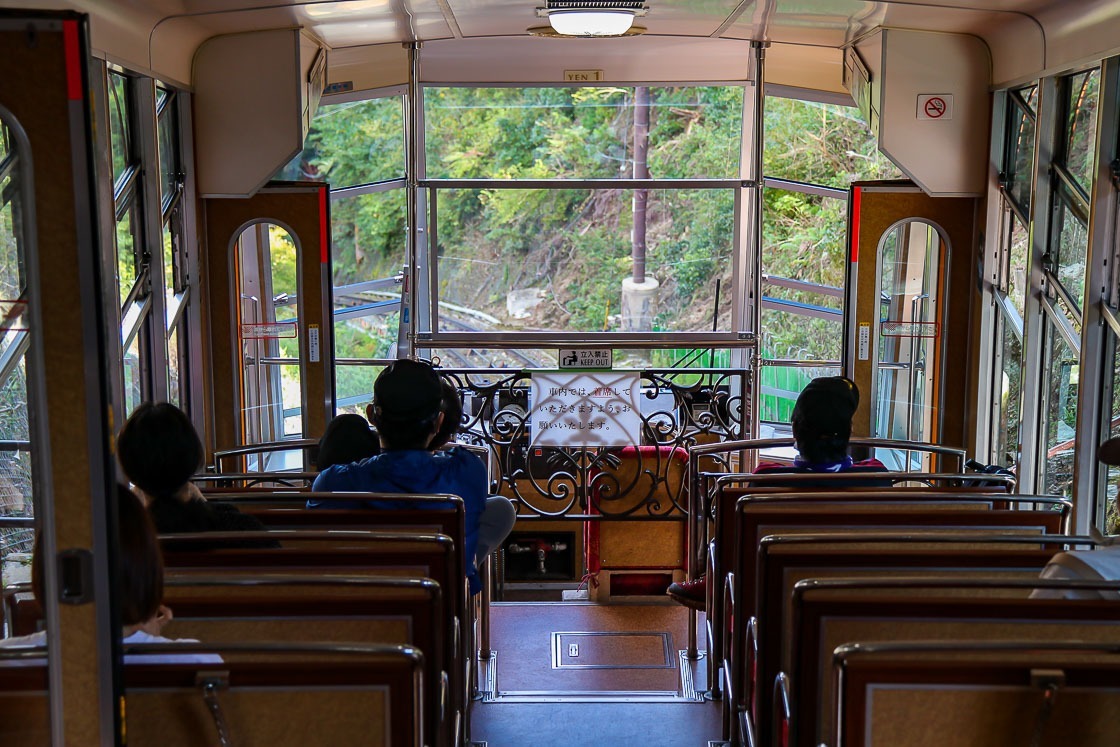
After walking through To-do and visiting the Konpon Chu-do, I made my way to take the Sakamoto cable car, then a bus and train to Biwako-hamaotsu Station in central Otsu. There, I visited Sakamotoya, a well-established funazushi shop that has been in business since 1876.
Written records of funazushi in Shiga Prefecture date the origins of the dish to over 1000 years, and the method of making funazushi has remained largely unchanged from then. Funazushi is said to be the predecessor of sushi as we know it today, and the dish is known to have a pungent smell.
The process of making funazushi starts with curing pregnant carp (funa) caught in spring in salt; then, in summer, the cured carp is covered in cooked rice to ferment till the following spring. This distinct traditional Japanese food is usually a delicacy eaten on special occasions and is often paired with Japanese sake, which led me to my next stop.
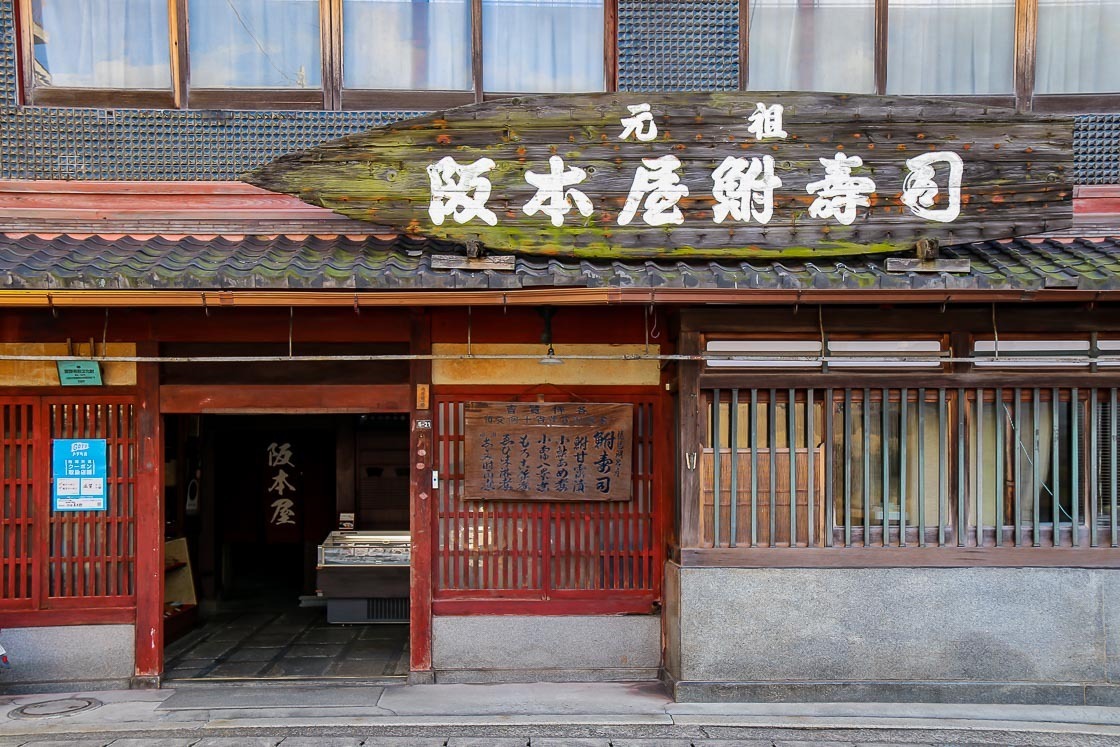
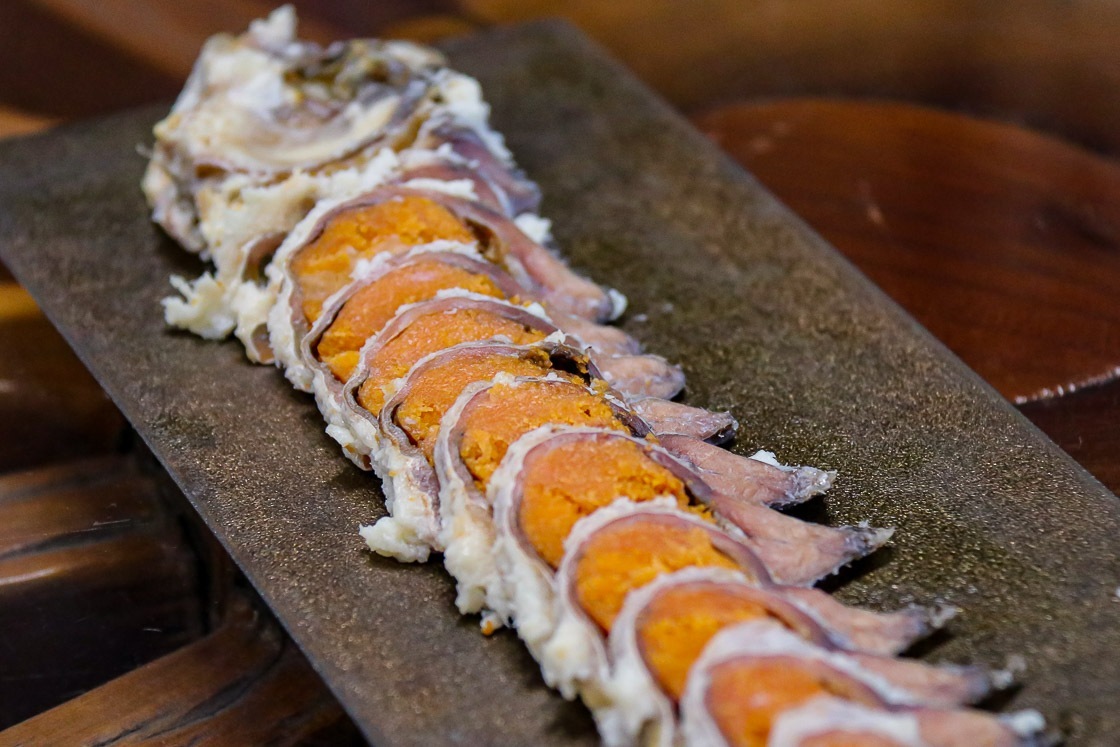
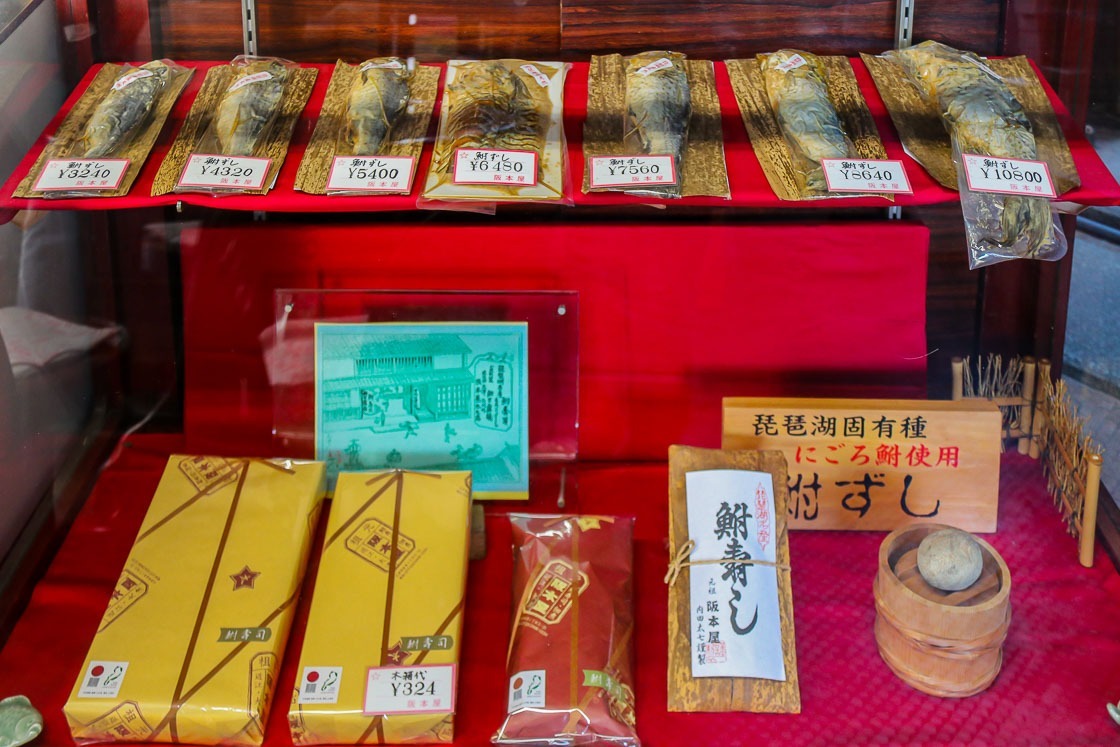
Hirai Shuzo is a sake brewery located along the main shopping street in Otsu, which was on the way to my accommodation for the night. The brewery offers a nice selection of local sake with some made with rice grown in the area, and it was a welcome stopover to pick up a souvenir from this trip.
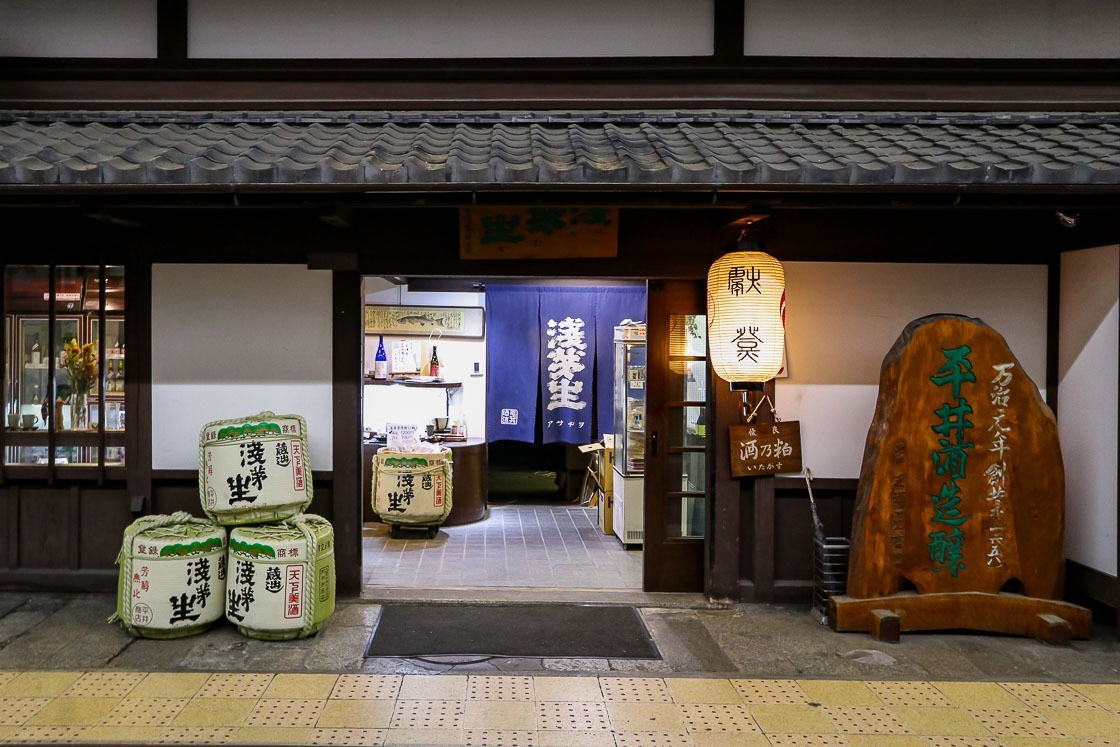
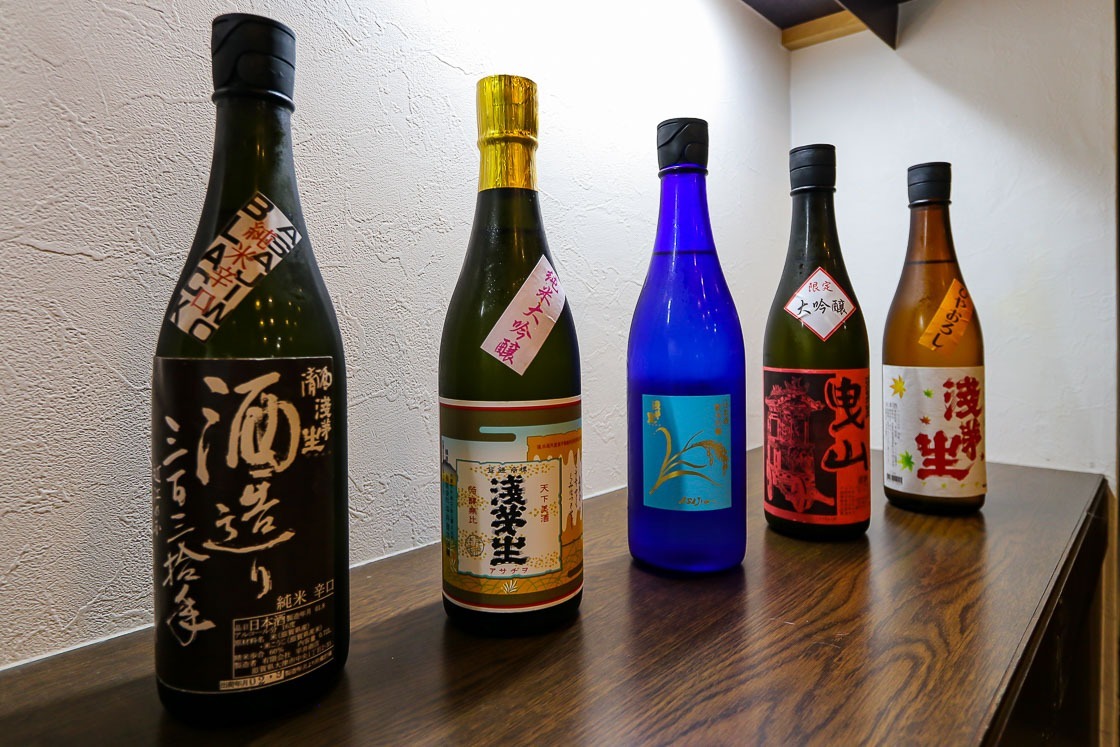
My last stop for the day was Biwako Hotel, my accommodation for the night, which is located on the shore of Lake Biwa, the largest lake in Japan. The rooms at Biwako Hotel all have a lake view and staying guests can enjoy the sunrise or sunset over the water.
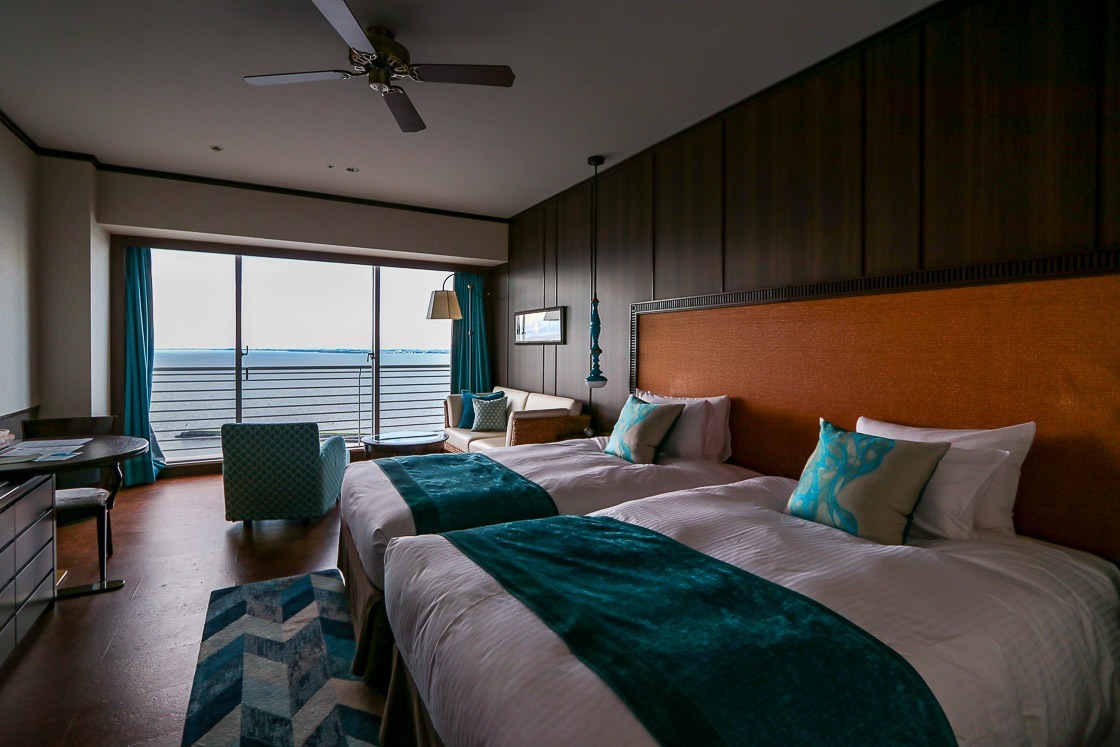
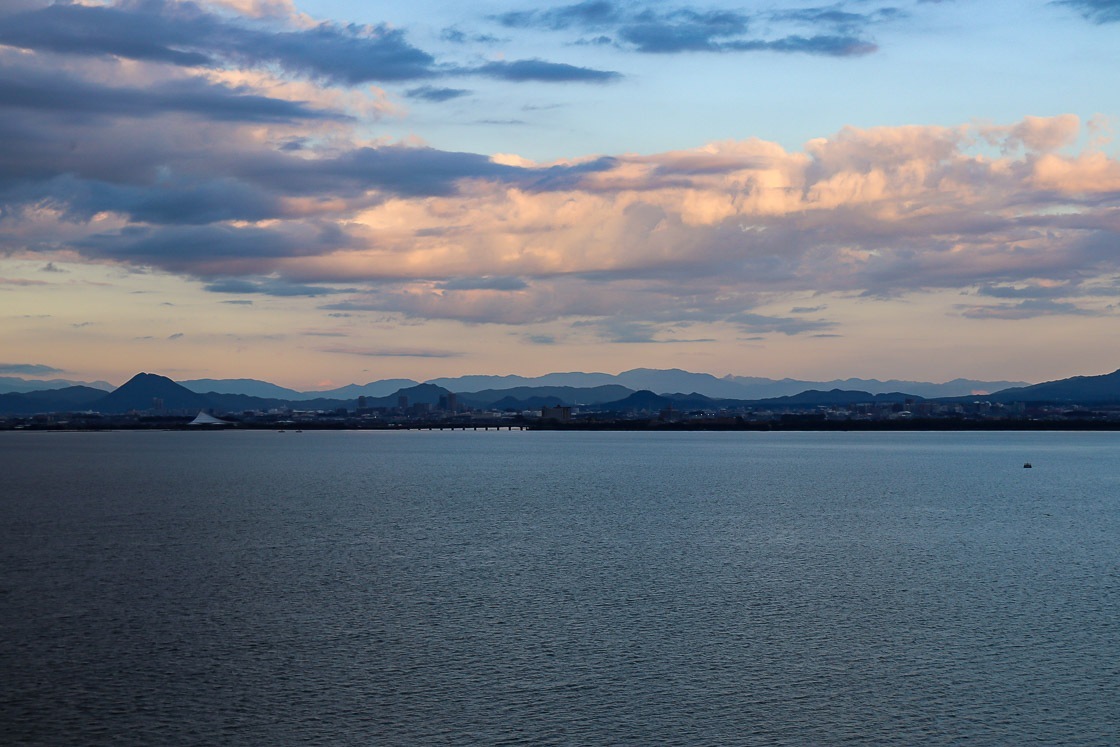
There are also a number of quality restaurants in the hotel, and the Ohmi, a grill restaurant serving local Japanese beef, was my choice for dinner. Japanese beef or wagyu is premium beef that is well-marbled with a higher fat-to-meat ratio compared to regular beef, and Omigyu is a highly regarded wagyu brand from Shiga Prefecture.
A teppanyaki wagyu meal, in which the beef and some side dishes are expertly cooked on the hot steel grill at the table, is an excellent way to relish and appreciate the flavors of the meat, especially so if it is your first time to try wagyu. My Omigyu steak dinner was a delicious and luxurious one paired with local sake and wine.
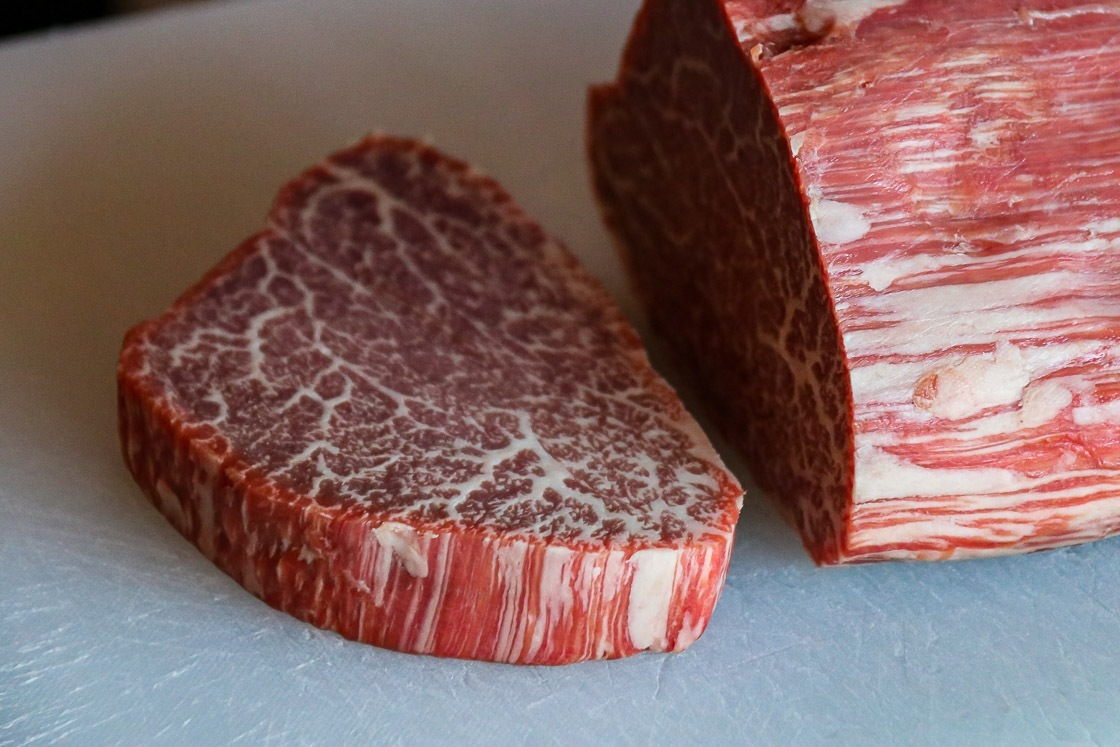
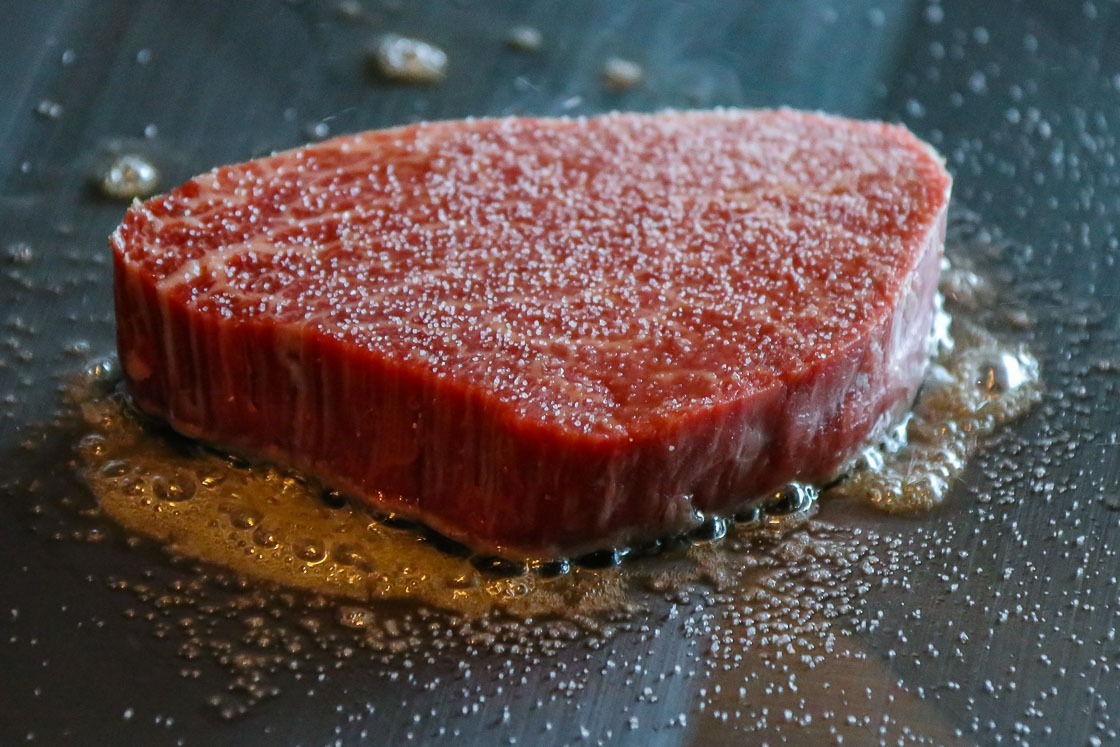
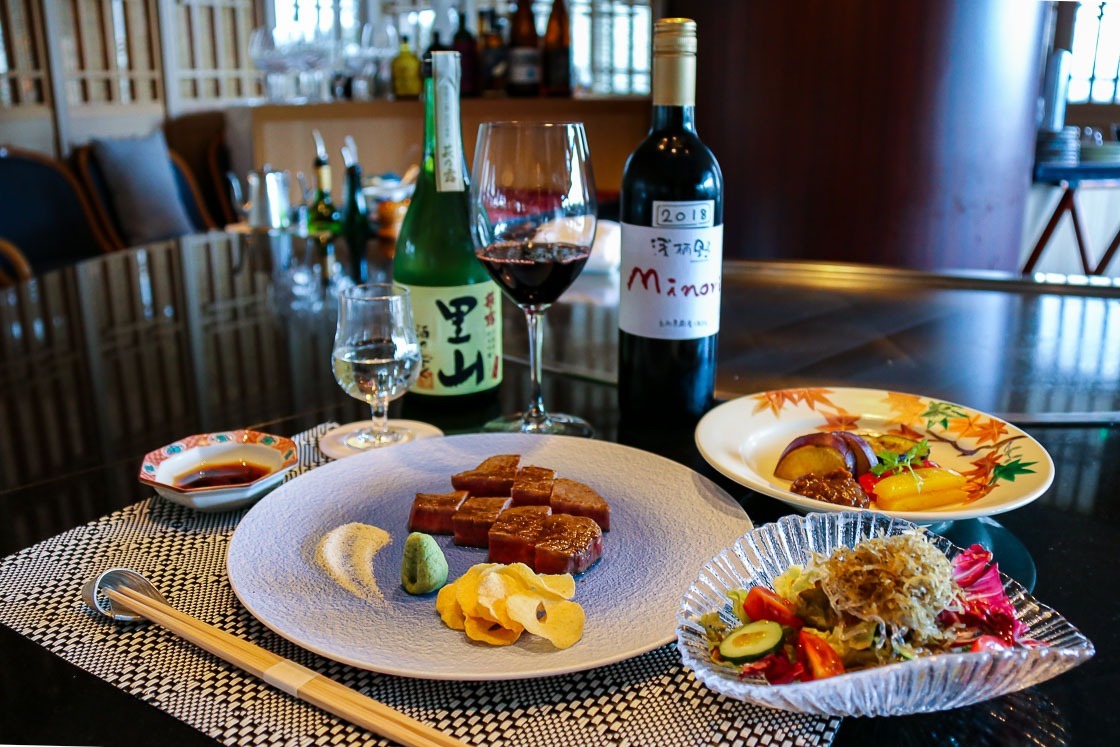
Day 2
The second day of my overnight trip was spent in Uji City, Kyoto Prefecture. After a 1-hour train ride from Otsu, I arrived at the Keihan Uji Station in the mid morning and spend the rest of my day walking around the city center and trying my hand at all things tea related.
One of the best known products from Uji is green tea, which is mostly premium grade. Uji tea is usually first flush, the first picking of the tea leaves. The leaves are processed to make matcha green tea powder and gyokuro premium green tea leaves. Additionally, Uji tea leaves are also customarily hand picked and not machine cut, which produces the least damage to the leaves, thus allowing for a higher quality albeit at a greater cost. The two main Uji tea products, matcha powder and gyokuro leaves, are typically used in the tea ceremonies and sessions, and I had the opportunity to try both when I was in the city.
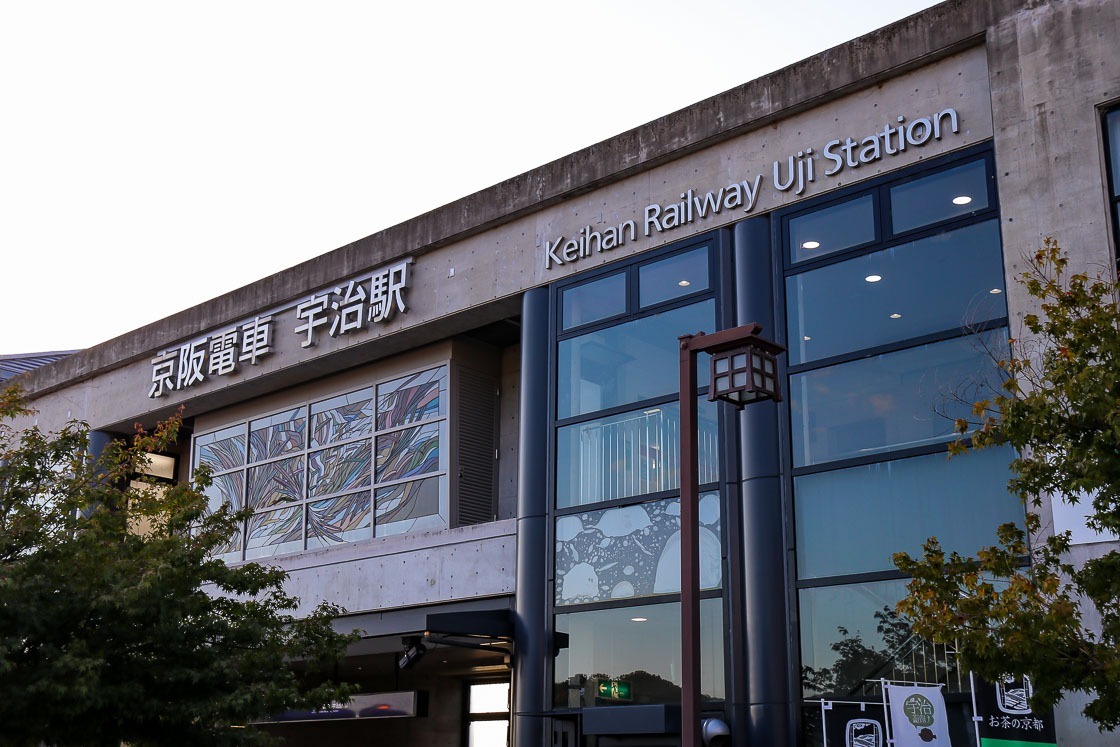
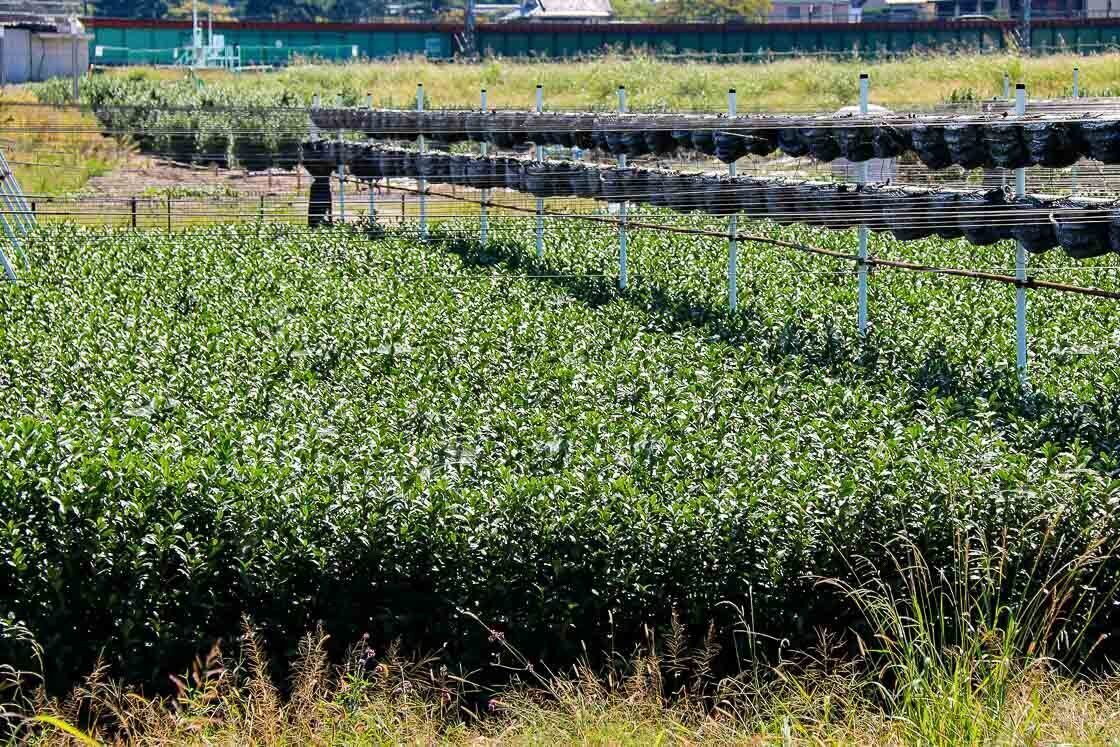
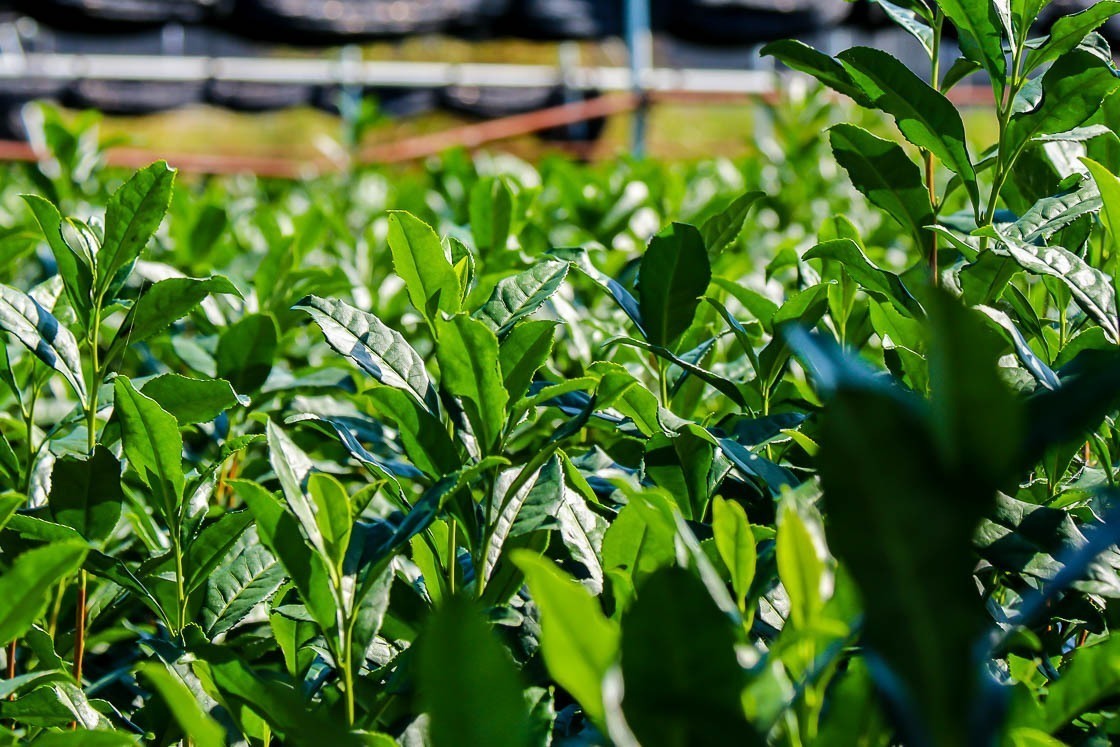
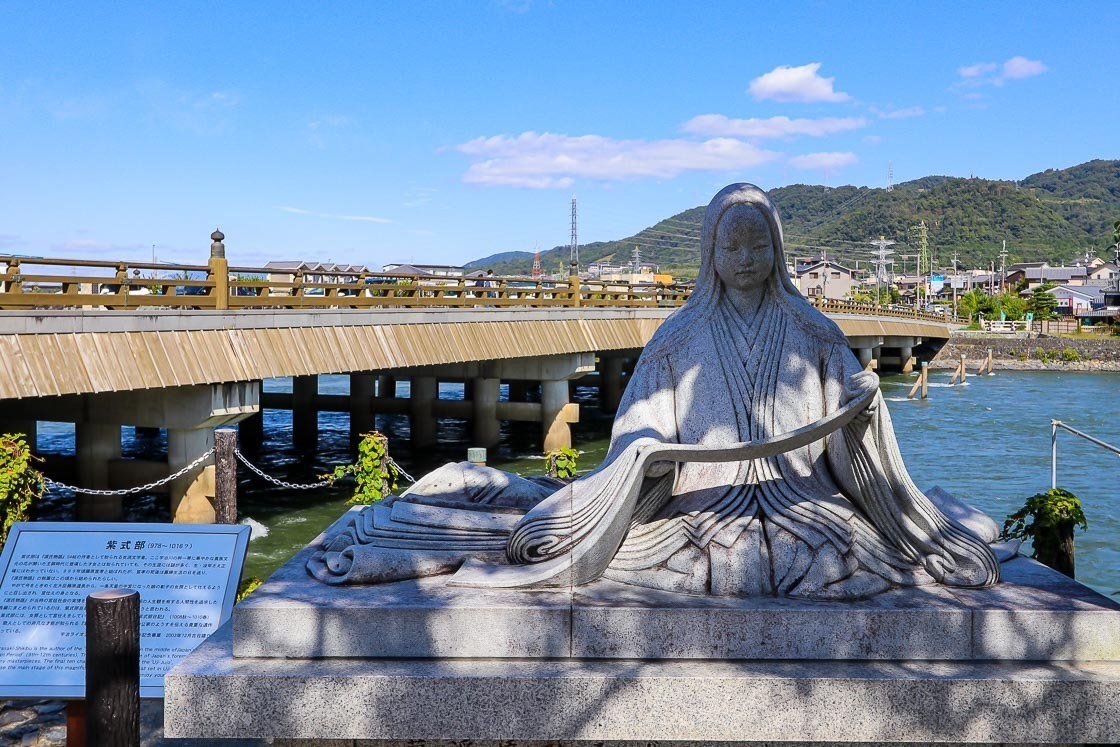
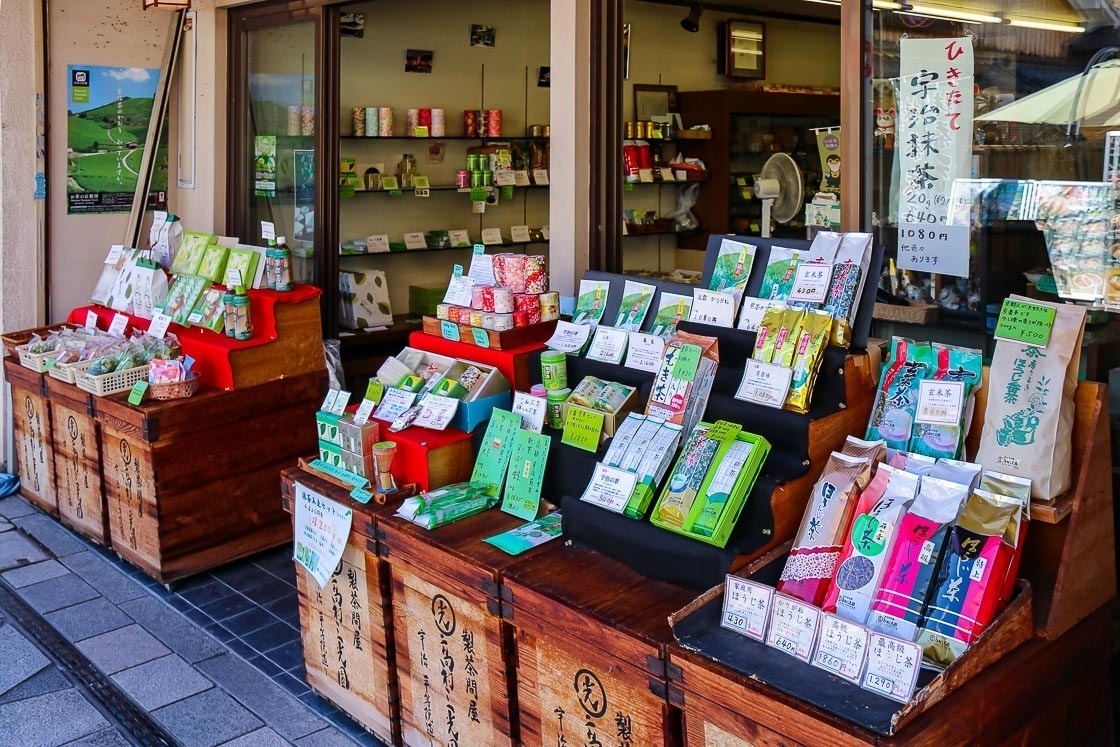
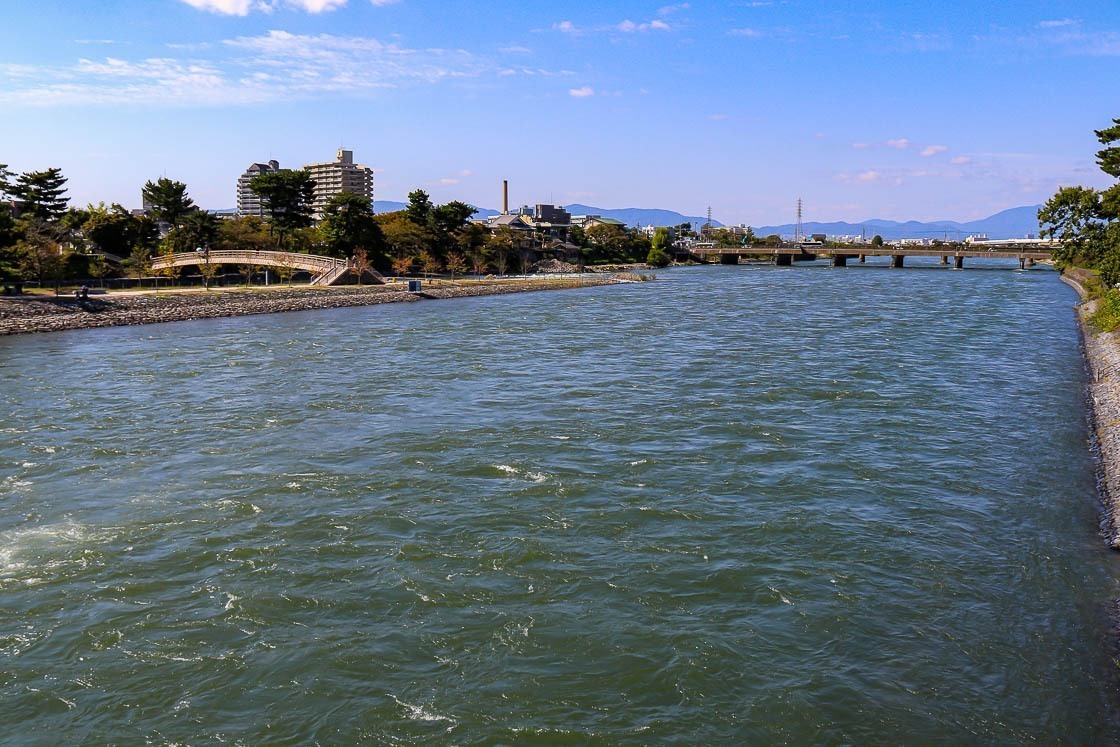
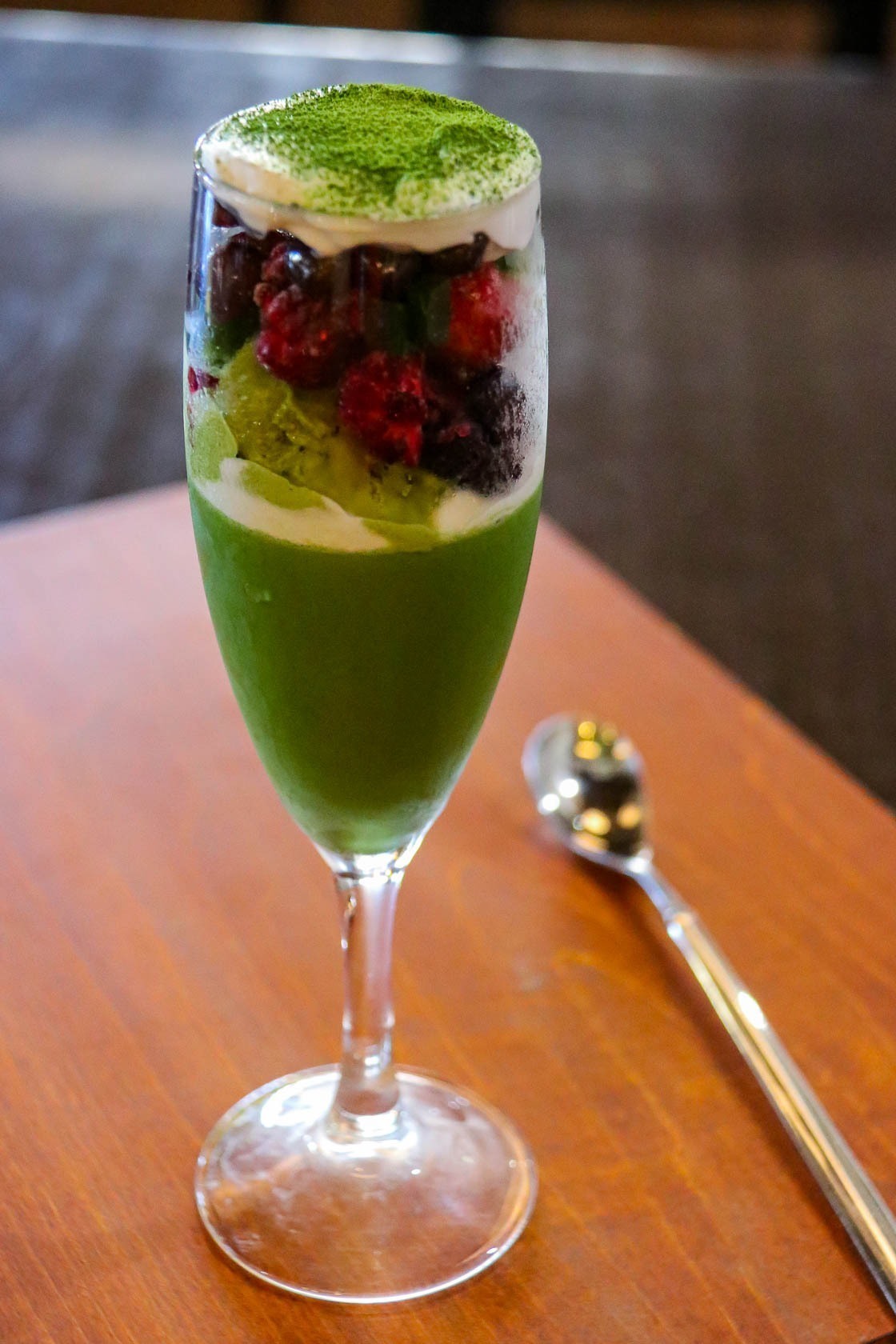
Pottery plays a major role in Japanese tea culture. Tea paraphernalia like tea bowls and tea pots are almost always ceramic, and there are a number of famous pottery schools that are known for their tea ware. Asahiyaki is the only ceramics studio in central Uji and specializes in using local Uji clay to create their products. The elegant pottery studio is located along the Uji River and has an attractive selection of ceramic ware, which I spent some time admiring.
Pottery classes are offered at Asahiyaki, and their workshop is a stone's throw from the studio. I signed up for a pottery experience to make a tea bowl using an electric ceramic wheel. The pottery class lasted for about two hours, and in that time, I had a quick course on how to wedge clay on the electric wheel and then shape the clay into a bowl.
It was a great experience, which was made doubly fun knowing that I was making a tea bowl that would be posted to my place after it was completed, glazed and fired. Note that postage costs extra (international postage available as well), and it will be about 2 to 3 months before the completed product will arrive.
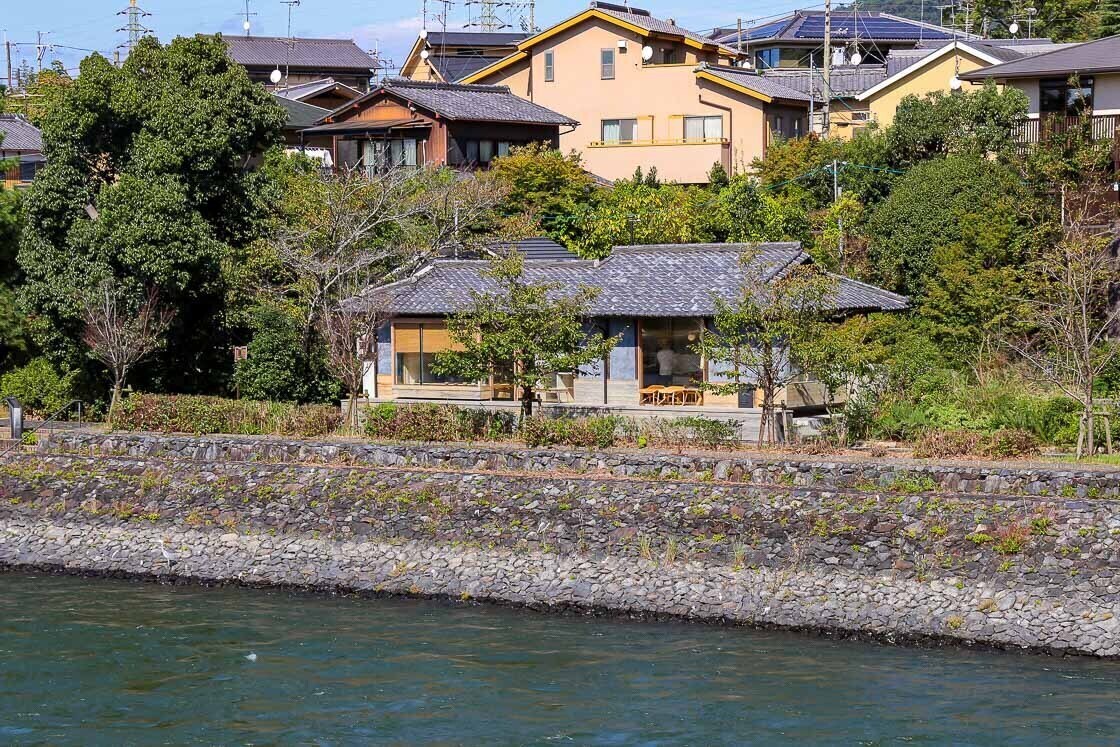
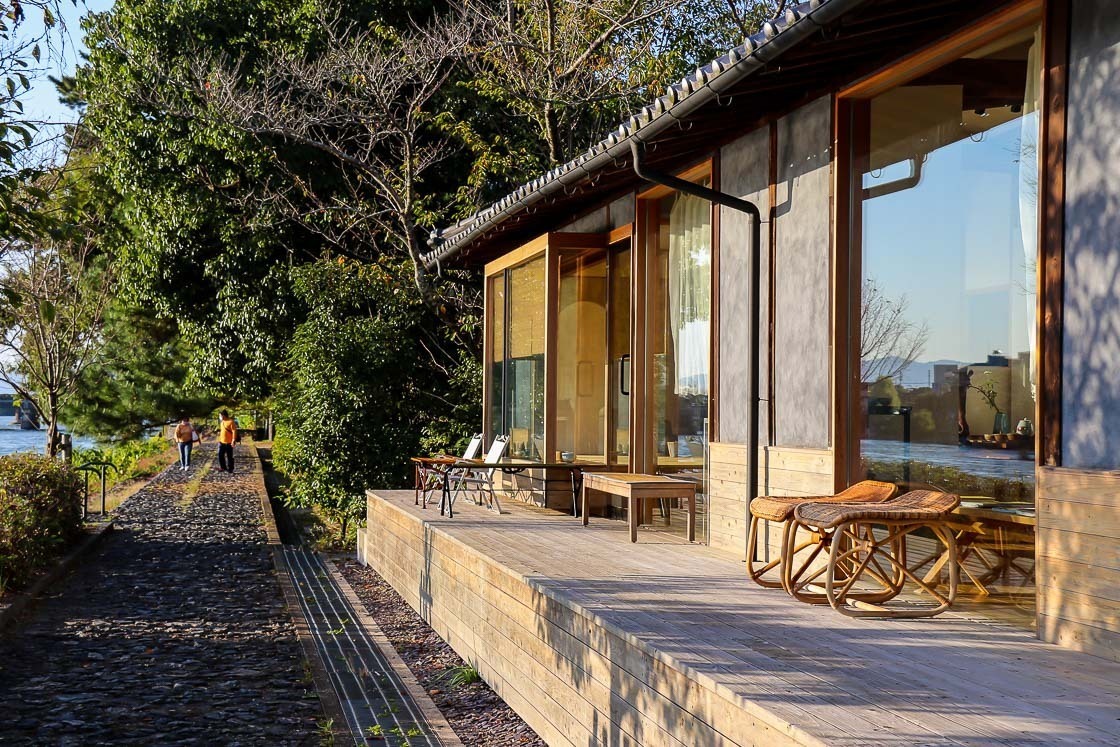

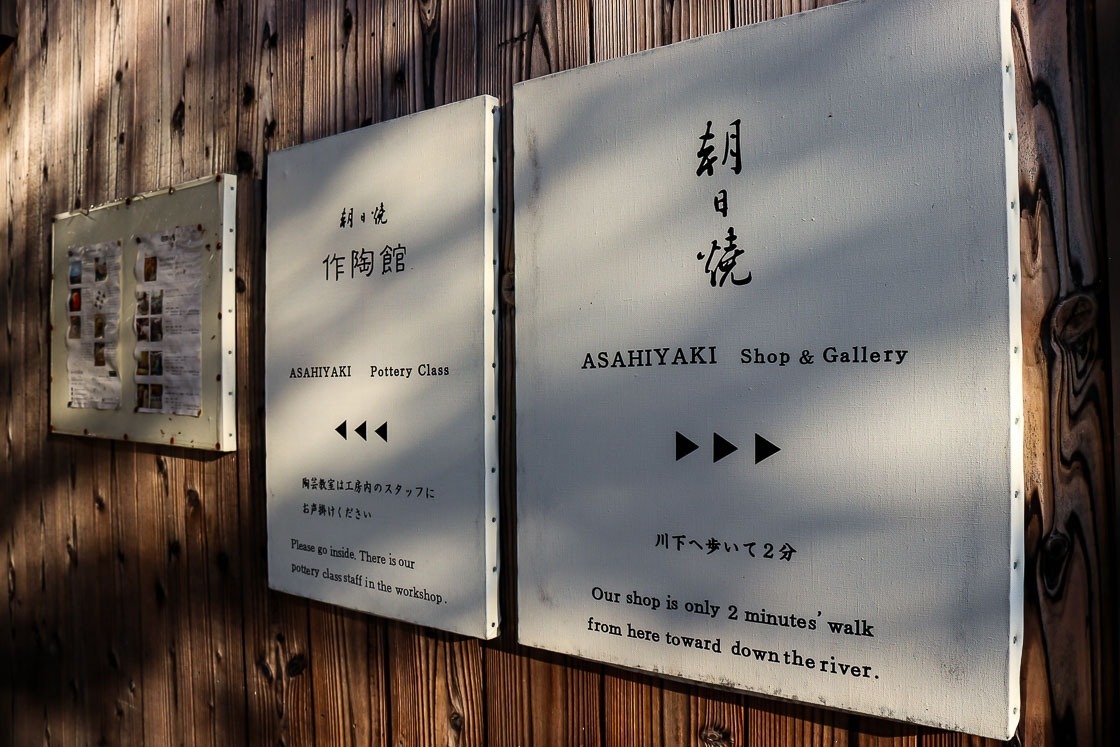
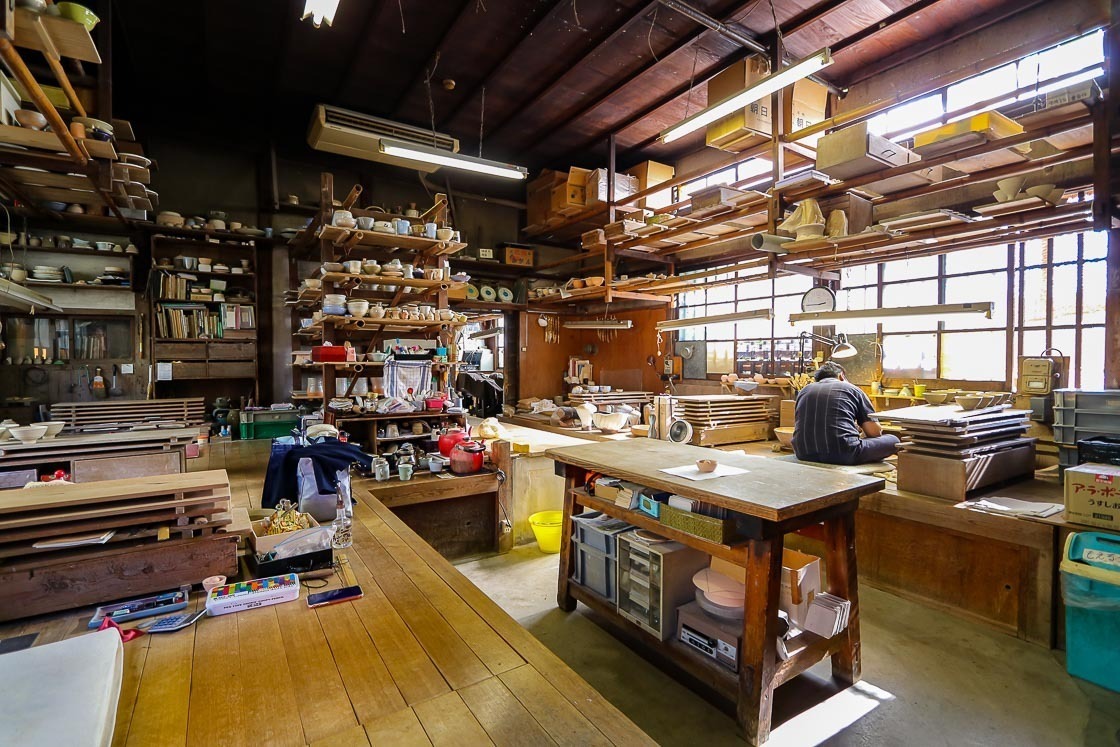
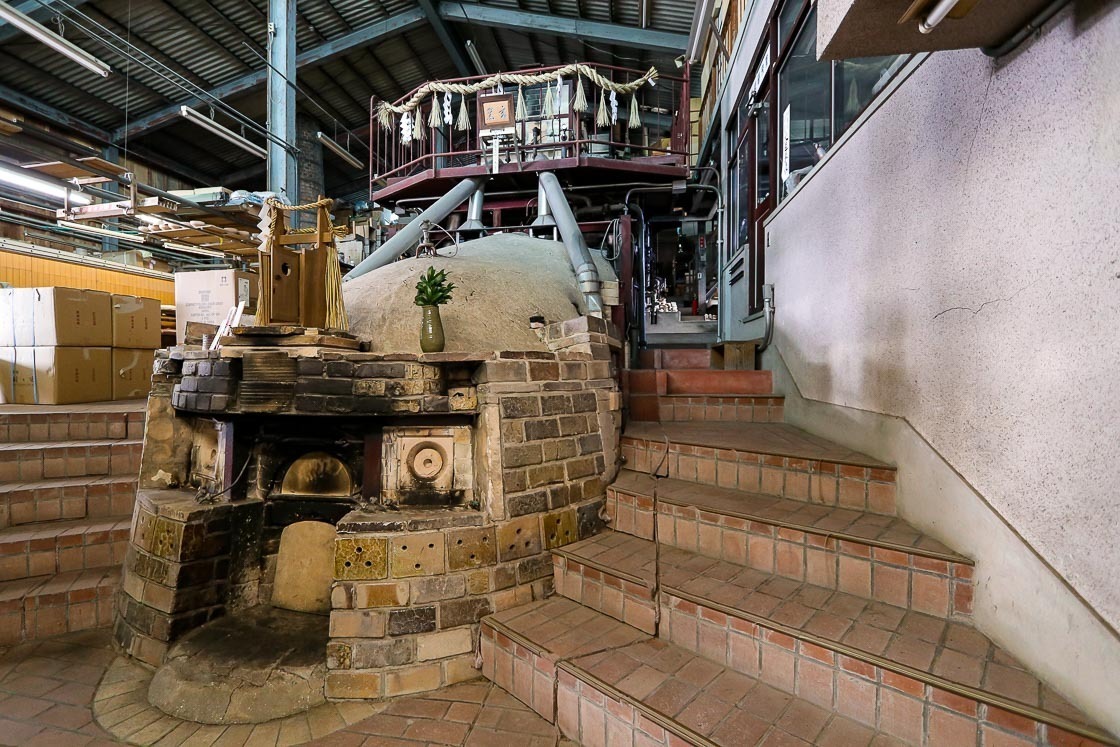
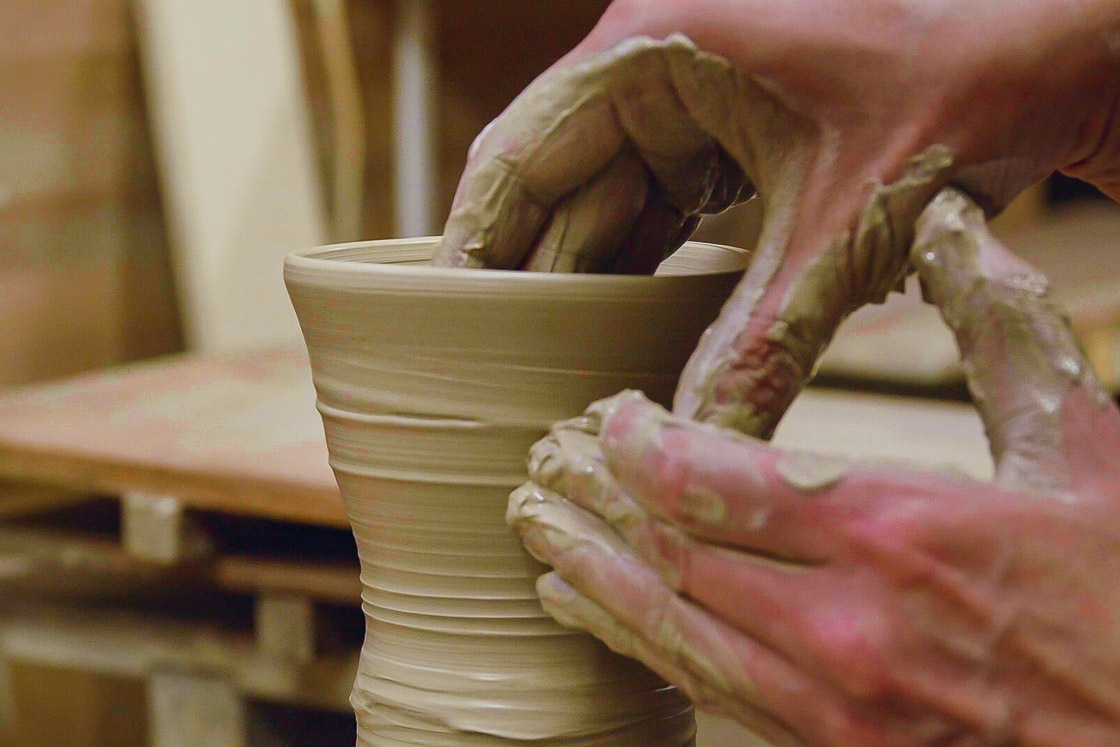
After that ceramics experience, I went to Takumi no Yakata, a tea shop not far from Asahiyaki along the Uji River. The shop specializes in teaching and informing visitors about the intricacies of brewing the different kinds of tea, from sencha, the most common type of green leaves, to gyokuro, the premium tea leaves, and matcha, the green tea powder.
I went for a gyokuro tea experience and learned about the premium tea leaves. Gyokuro tea leaves are first flush tea leaves that are grown in the shade, resulting in a high level of amino acids in the leaves that make for a rich and flavorful tea.
Gyokuro tea is drunk in small amounts each time, and the intensity of the first brew is determined by the temperature of the water, usually between 40 to 60 degrees Celsius, and brewing time, usually about two minutes. The flavor then changes over the subsequent brews, which usually require hotter water and shorter brewing times. Unlike regular green tea, gyokuro has a rich flavor, which can be similar to seaweed broth, and is slightly more viscous compared to water. Gyokuro tea leaves can also be eaten like vegetables or used in cooking after steeping, so nothing gets wasted.
Tea appreciation is an occasion which should not be rushed, and I took my time enjoying the gyokuro tea and sampling the tea leaves. However, all good things have to come to an end, and it was soon time to depart from Uji and head on home. Over the two days, I had a great time visiting Mount Hiei, and learning more about funazushi, wagyu and green tea. I found myslf wishing that I had more time to learn more about the other local specialties, but that will have to be left till the next time.
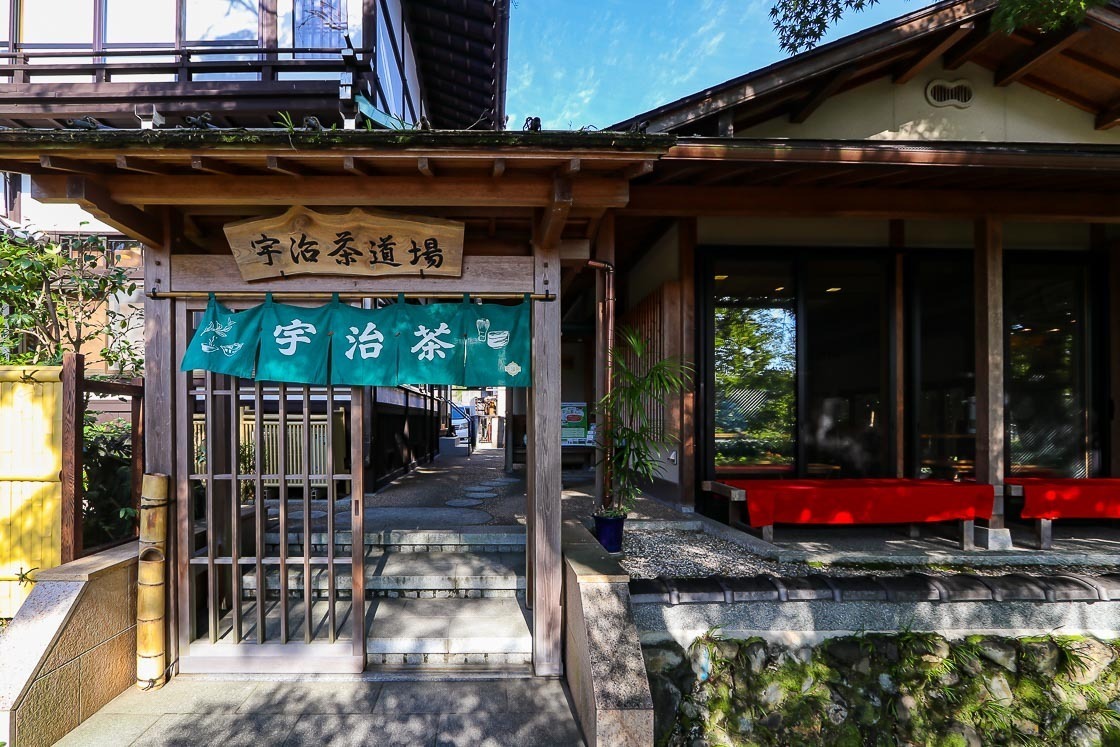
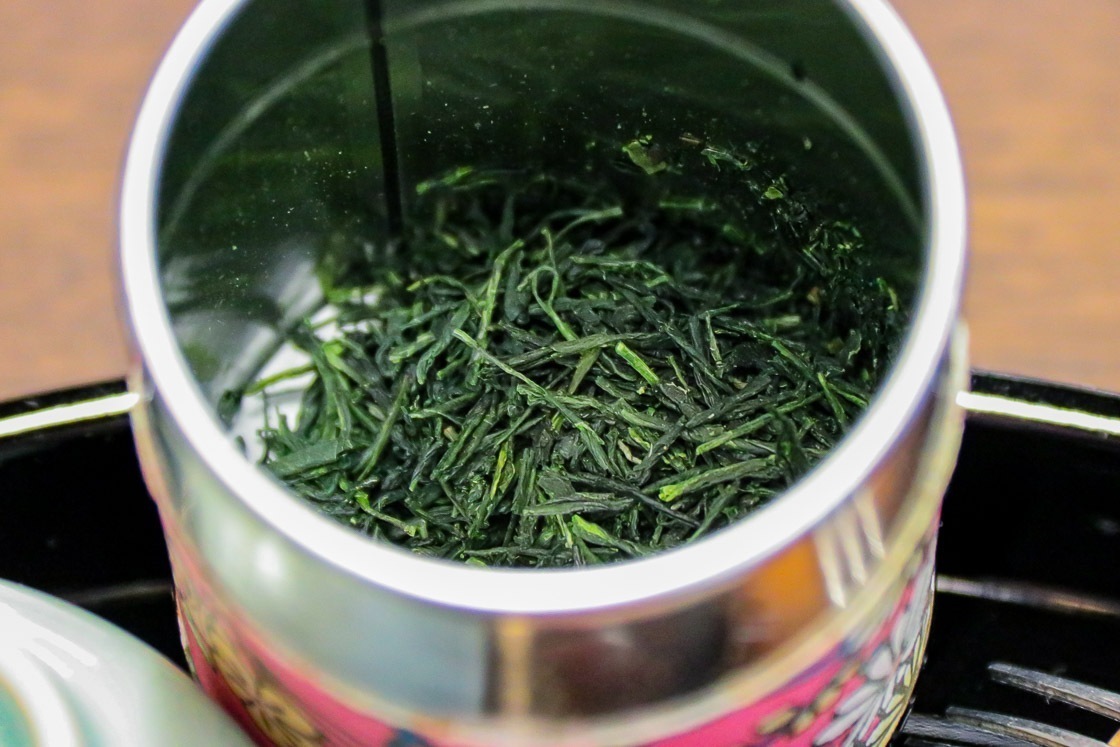
Access
Kyoto is accessible from Kansai International Airport (KIX) by train via Osaka or by direct bus.
How to get to and around Mount Hiei from Kyoto
Take the Station Loop Bus from Kyoto Station to Shichijo Station on the Keihan Line. From Shichijo Station, take the train all the way to Demachiyanagi Station and change to the Eizan Railway to Yase-Hieizanguchi Station. From there, take the Eizan cable car and ropeway up to Hiei-sancho Station. The one way journey from Kyoto Station to Hiei-sancho Station takes about one hour.
There are about two shuttle buses per hour departing from Hiei-sancho Station bound for the three areas of Enryakuji Temple. The one way bus ride from Hiei-sancho Station to Sai-to takes about ten minutes. Sai-to and To-do are about one kilometer apart and walking between the two areas takes about 30 to 40 minutes one way.
The "Pilgrimage ticket to a World Heritage Site, the Hieizan Enryakuji temple" 1-day pass offered by Keihan Railway is a convenient ticket for those visiting Mount Hiei in addition to Kyoto and Otsu cities, like in this article. The pass costs 4000 yen and allows for unlimited travel on all Keihan train lines, the Eizan Railway, the shuttle buses that operate on Mount Hiei and the Hieizan-Sakamoto cable car.
How to get to and around Otsu from Mount Hiei
Take the Sakamoto cable car from Enryakuji Station to Sakamoto Station. The one way cable car ride takes about 11 minutes. From Sakamoto Station, take the local bus (two departures an hour) to Keihan Sakamoto-hieizanguchi Station and take the train to Biwako-hamaotsu Station. The one way bus and train rides take about 20 minutes.
Central Otsu is relatively compact and easily covered on foot. The spots visited in this itinerary are under one kilometer from Biwako-hamaotsu Station, and walking directly from Sakamotoya to Biwako Hotel takes about 15 to 20 minutes.

How to get to and around Uji from Otsu
Take the Keihan Line from Biwako-hamaotsu Station and transfer twice, first at Sanjo Station, then at Chushojima Station, to get Keihan Uji Station. The one way train journey takes about 70 minutes.
Central Uji is compact and all the major sightseeing spots are within walking distance from the station. The walk from Keihan Uji Station to the Asahiyaki studio takes about ten minutes.
